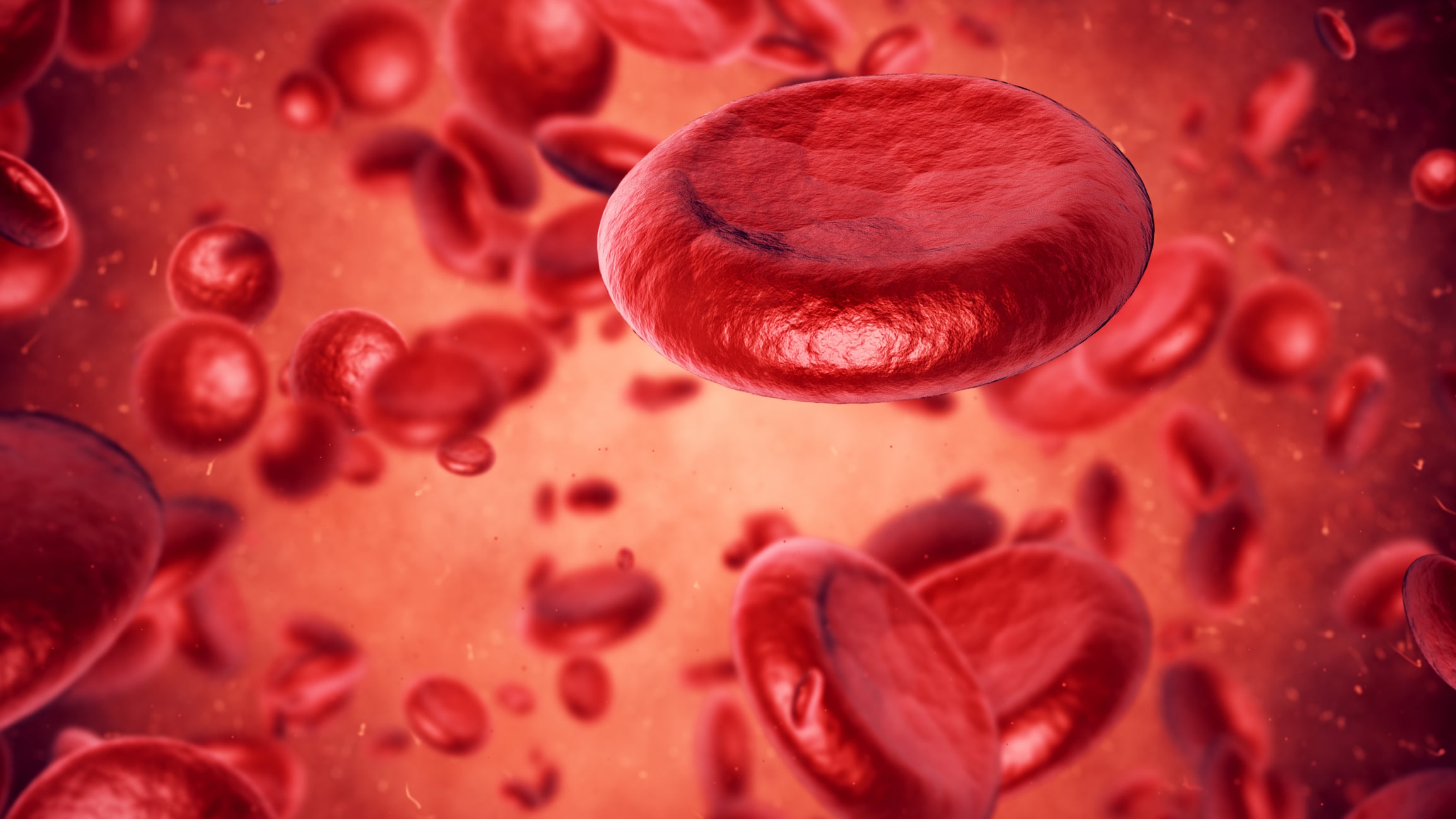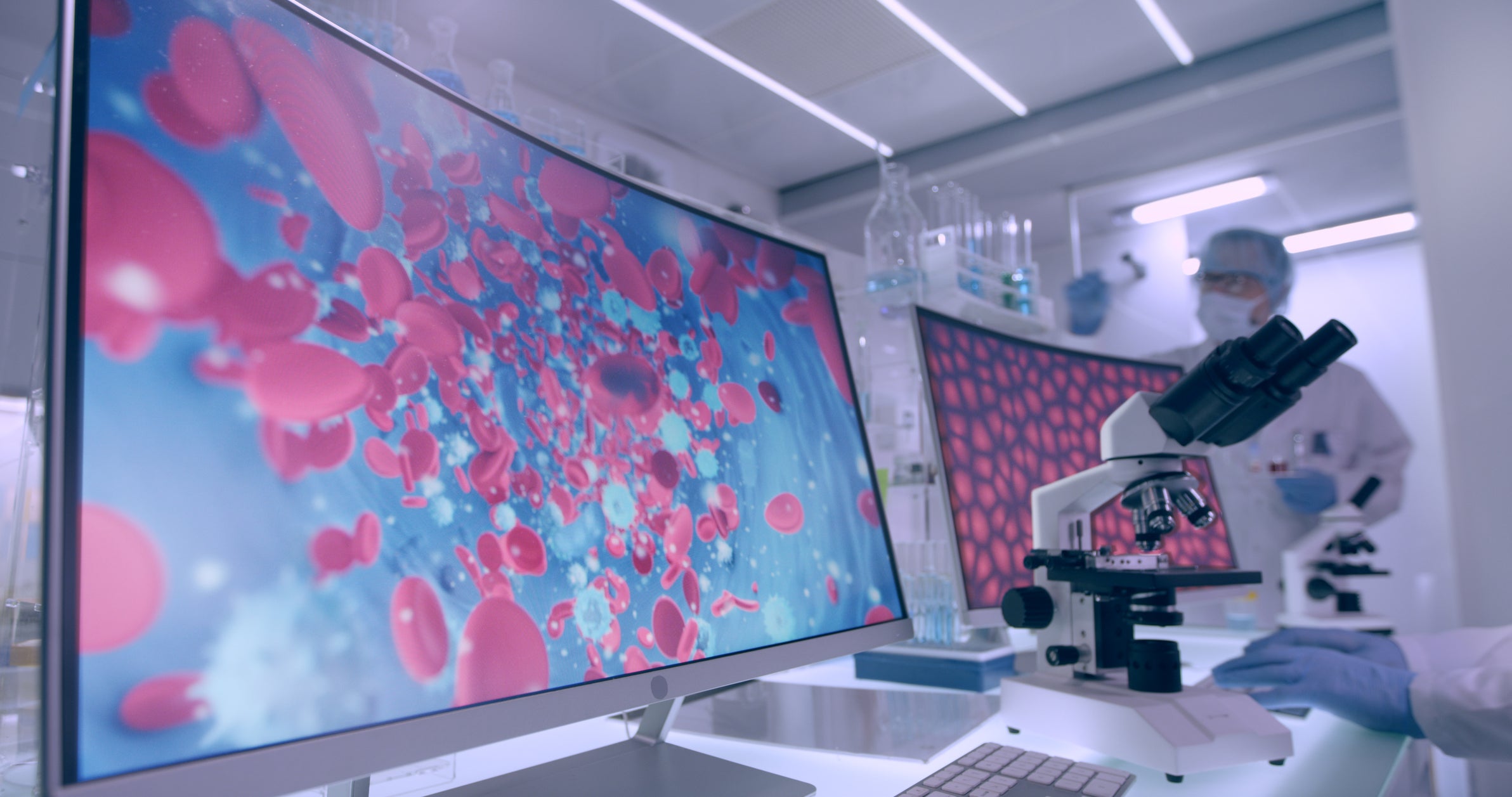Scientists have unveiled a new method for generating blood cells from lab-grown embryo-like structures, a development that could significantly advance regenerative therapies.
This breakthrough also offers potential for drug screening, simulating conditions like leukaemia, and producing blood stem cells for transplants, according to researchers.
Developed by University of Cambridge experts, these embryo-like structures, dubbed 'hematoids', were created using human stem cells.
They are designed to mimic the earliest stages of human development, precisely when organs and the crucial blood system first begin to form.
The hematoids started producing blood cells after around two weeks in the lab, mimicking the process in human embryos.
However, the model differs from real human embryos and cannot develop further as they lack certain tissues, as well as a yolk sac and placenta.

Professor Azim Surani, of the University of Cambridge's Gurdon Institute, said: "This model offers a powerful new way to study blood development in the early human embryo.
"Although it is still in the early stages, the ability to produce human blood cells in the lab marks a significant step towards future regenerative therapies - which use a patient's own cells to repair and regenerate damaged tissues."
By the second day in the lab, the hematoids had organised themselves into the three layers that are crucial for shaping every organ and tissue in the human body.
By day eight, cells that eventually form the heart in a developing human embryo had appeared and by day 13 red patches of blood appeared in the hematoids.
Describing this "exciting moment", Dr Jitesh Neupane, also of the university Gurdon Institute, said: "It was visible even to the naked eye.
"Our new model mimics human foetal blood development in the lab.

"This sheds light on how blood cells naturally form during human embryogenesis, offering potential medical advances to screen drugs, study early blood and immune development, and model blood disorders like leukaemia."
The study, published in the journal Cell Reports, found the blood cells in hematoids developed to a stage roughly the same as week four to five of human embryo development, which cannot usually be observed.
Researchers also suggest the blood stem cells in hematoids can develop into various blood cell types, including specialised immune cells.
Co-first author Dr Geraldine Jowett said: "Hematoids capture the second wave of blood development that can give rise to specialised immune cells or adaptive lymphoid cells, like T cells opening up exciting avenues for their use in modelling healthy and cancerous blood development."
The team has patented its work through Cambridge Enterprise and the study was funded by Wellcome.

.jpeg)

















.jpeg)













 English (US) ·
English (US) ·